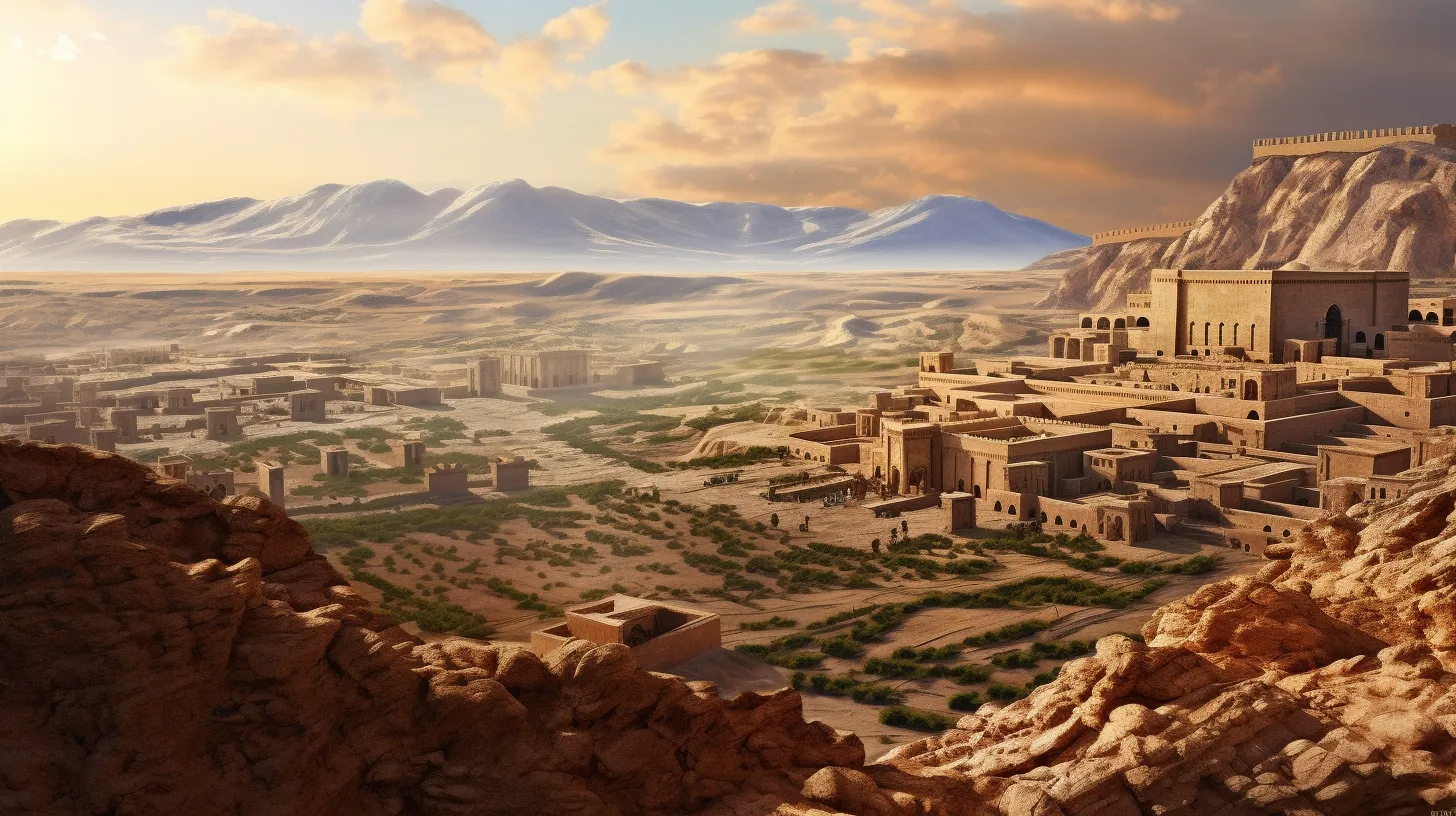
Sasanian: Artifacts from the Last Great Persian Empire (224CE - 651CE)
Discover the grandeur of the Sasanian Empire with our collection of authentic artifacts. Experience the legacy of a civilization known for its art, architecture, and Zoroastrian traditions, which stood as the last great empire of pre-Islamic Persia.
The Sasanian Empire - the final and one of the most influential empires in ancient Persia, which reigned from the 3rd to the 7th century AD. Known for their contributions to art, religion, and governance, the Sasanians have left a lasting legacy that continues to be studied and admired.
Key Contributions:
- Zoroastrian Revival: The Sasanians were staunch supporters of Zoroastrianism, and their rule saw a revival of this ancient monotheistic faith.
- Rock Reliefs: The Sasanians were famous for their rock reliefs, which depicted royal scenes and provided insights into their history and culture.
- Coinage: The Sasanian drachma became a standard coinage that influenced currencies in neighboring regions.
- Silk Road: The empire was a significant player in the Silk Road trade, facilitating the exchange of goods and ideas between the East and the West.
Regions: The Sasanian Empire was primarily concentrated in:
- Iranian Plateau: The core region of the empire, including modern-day Iran and parts of Iraq.
- Mesopotamia: A significant cultural and administrative center within the empire.
- Caucasus and Central Asia: Regions that were either directly controlled or influenced by the Sasanians.
Valued Materials: The Sasanians, with their penchant for luxury and craftsmanship, cherished various materials:
- Silver and Gold: Extensively used in coinage, jewelry, and ceremonial vessels.
- Lapis Lazuli and Carnelian: Prized gemstones often used in jewelry and decorative arts.
- Marble and Alabaster: Employed in architecture and sculpture.
- Silk and Brocade: Used for textiles, including garments and tapestries.
Relevant Time Periods: The history of the Sasanian Empire spans several centuries, marked by its rise, consolidation, and eventual fall:
- Early Sasanian Period (c. 224–309 AD): Founded by Ardashir I, this period saw the establishment and expansion of the empire.
- Middle Sasanian Period (c. 309–498 AD): Marked by religious reforms and military campaigns.
- Late Sasanian Period (c. 498–651 AD): Characterized by internal strife, conflicts with Byzantium, and eventual collapse due to Islamic conquests.
Step into our curated collection of Sasanian artifacts, each echoing tales of shahs, Zoroastrian priests, and master artisans. From intricately carved rock reliefs to silver drachmas, immerse yourself in the rich heritage of an empire that stood as the zenith of pre-Islamic Persian civilization.







